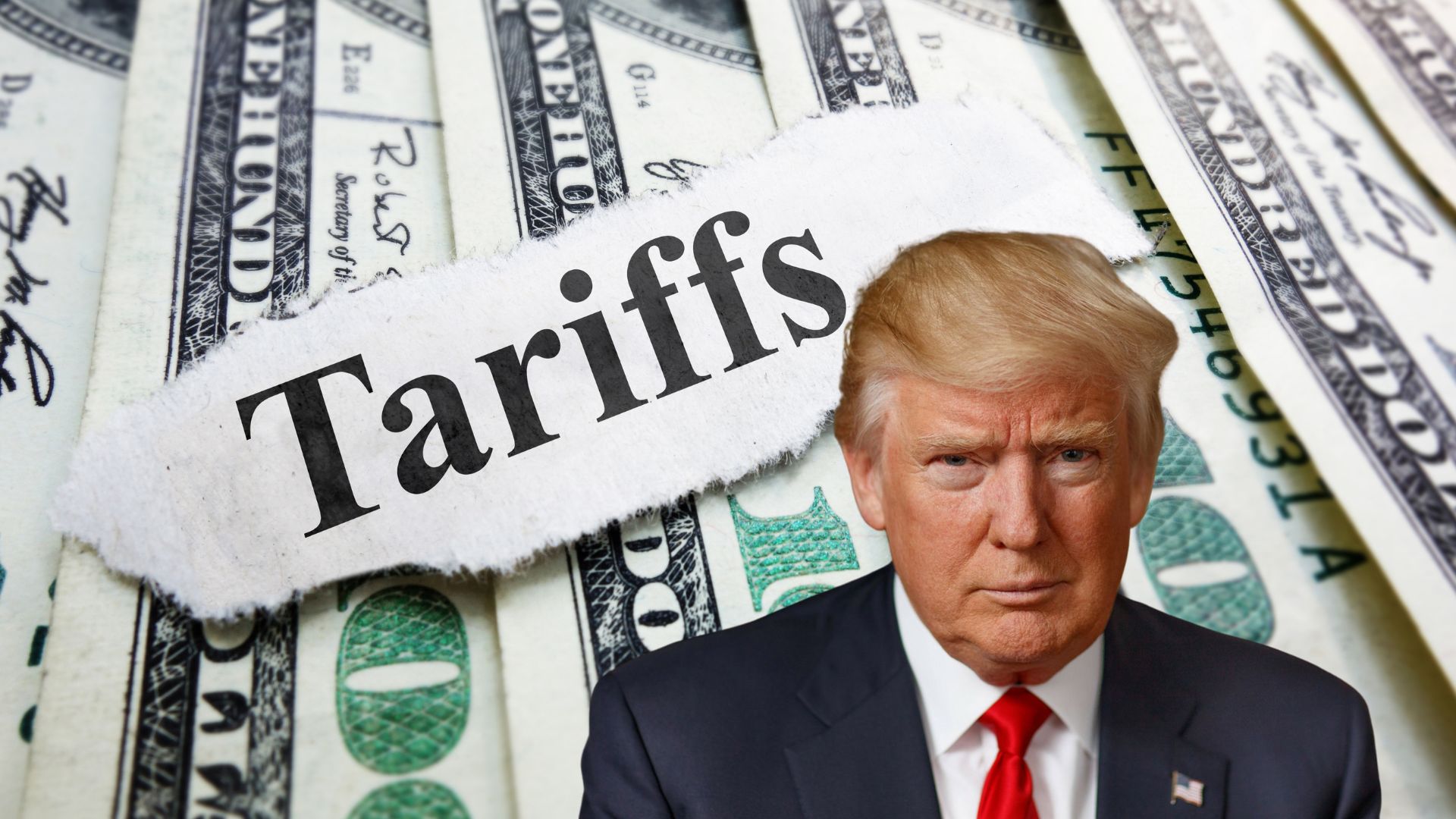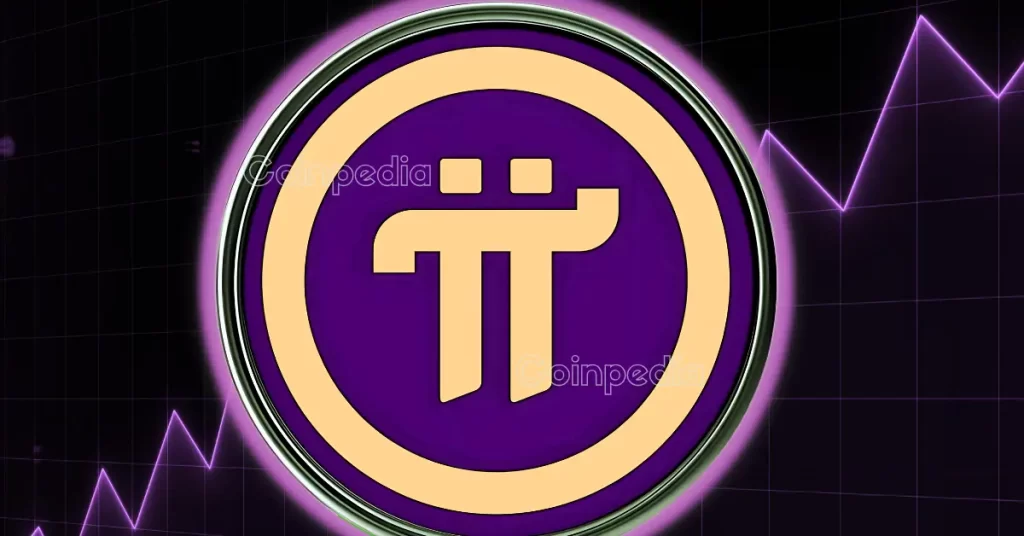
The current legislative proposals, both in the House and in the Senate, explicitly prohibit stablecoin from generating interest for their holders.
While in the United States there is an acceleration towards definitive regulation for stablecoins, the tensions between the criptovalute industry and Congress become more evident.
At the center of the debate is a fundamental question: should asset digitali ancorati al dollaro be able to generate interest for those who hold them, as is the case with bank savings accounts?
According to the main legislators, the answer is a firm no. The pressures from Brian Armstrong, CEO of Coinbase, one of the most important exchanges in the world, have been to no avail so far.
Armstrong spoke publicly asking to reconsider the position of Congress, but received an immediate and firm rejection from the Republican leadership in the House.
The reasons behind the no from Congress
According to the deputy French Hill, chairman of the House Financial Services Committee, the nature of stablecoins must remain clearly defined: they are not investment tools, but payment tools.
“There was a general consensus from both sides of Congress that stablecoins must serve to increase efficiency in payments. It is not a complicated issue: they should not be treated as investments.”,
Hill stated to the press.
This vision, according to which prohibiting the yield on stablecoin protects the non-speculative nature of the product, is the basis of the cross-party support that the legislation on the subject has received so far. Modifying this part of the bill could undermine the fragile political balance achieved.
Brian Armstrong’s appeal for the interest generated by stablecoin
During Monday, the CEO of Coinbase made a direct appeal via social media, criticizing the restrictions outlined in the draft law. Armstrong argued that preventing stablecoins from offering interest would be equivalent to “deliberately favoring the traditional banking industry at the expense of the crypto sector.”
Currently, Coinbase allows its users to earn a yield of 4.1% annually on deposits in USDC, one of the most used stablecoins, pegged to the dollar. This rate, well above that offered by typical savings accounts, makes stablecoins a potentially attractive tool for millions of Americans.
According to Armstrong and other industry leaders, allowing these returns means democratizing access to savings, offering more efficient and modern alternatives to banking products. But for Congress, this approach undermines the basic function of stablecoins.
French Hill: no equation with bank accounts
To the accusations of favoritism towards banks, Hill responded without hesitation: “I do not see stablecoins as I see a conto bancario. I recognize Armstrong’s point of view, but I do not believe there is consensus on this either in the House or in the Senate,” he emphasized.
The next step, Hill announced, will be the official discussion on the bill in the House, the so-called STABLE Act, scheduled for Wednesday. According to the current text, any form of interest or yield provided for stablecoins would be considered non-compliant.
Interest and yield: a promise at risk
In recent months, several industry operators have prepared for a future in which offering interest on stablecoin would be a powerful attraction for users. In public statements, this feature has often been portrayed as the trump card to revolutionize retail finance.
An outstanding example came from the DC Blockchain Summit last week, where members of the Trump family and business partners presented a stablecoin project linked to World Liberty Financial. The initiative promised a direct return of 4% or more on digital dollars, spendable at any point of sale.
“We are offering people a decentralized banking system, where they can earn interest and at the same time pay anywhere. This is the simplest idea: how to make the consumer spend more? By giving them a better product.”,
, said Chase Herro, co-founder of World Liberty.
But if the political climate does not change, this vision could clash with the reality of a regulation that focuses on payment efficiency rather than on interest earnings.
A crossroads for the future of stablecoin
The clear refusal of Congress to modify the rules on yields marks a crucial moment for the criptovalute industry. While industry operators aim to leverage stablecoins to offer new “smart saving” tools to consumers, the political line insists on the risk of confusion between payment products and investment instruments.
The fear of the legislators, in particular, is that of creating a regulatory gray area, where stablecoins could evade the stricter rules provided for banks and financial instruments.
In the short term, the battle seems to lean entirely on the side of Congress. If the restrictions remain unchanged in the final text of the law, the expectations of the crypto sector may need to be scaled back, at least as far as returns are concerned.
But the debate is far from closed. With the stakes exceeding individual economic functionalities, the game on stablecoins reflects the broader clash between traditional finance and decentralized finance, between the status quo and innovation.
For now, what is certain is that the interests on stablecoin remain outside the perimeter of American law.

 23 hours ago
20
23 hours ago
20









 English (US) ·
English (US) ·